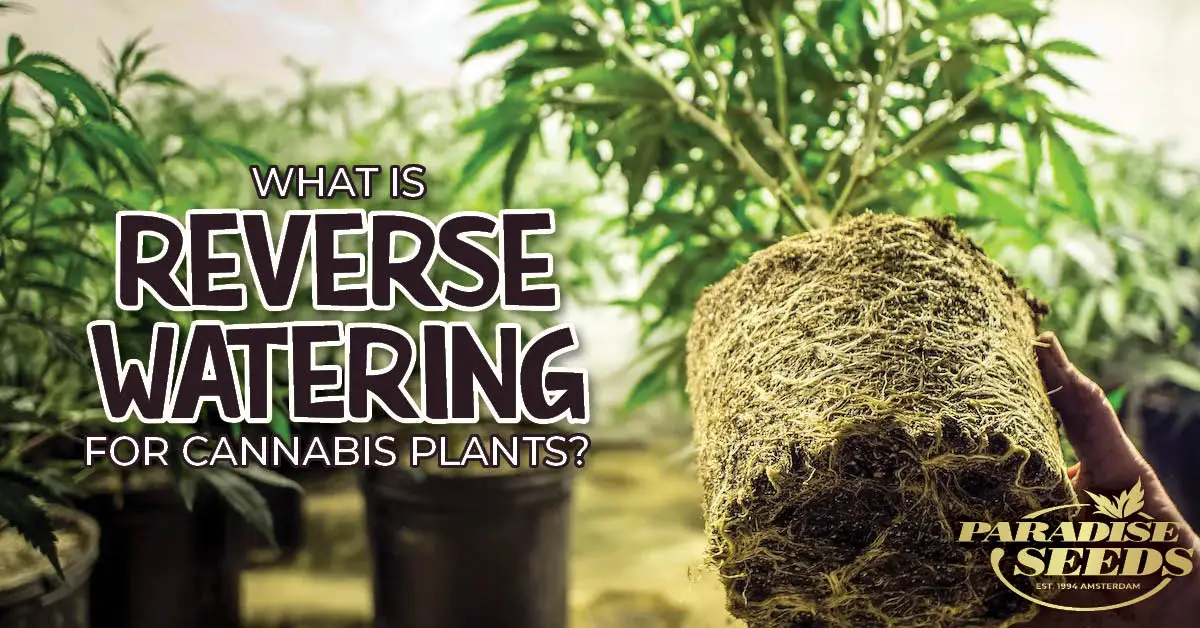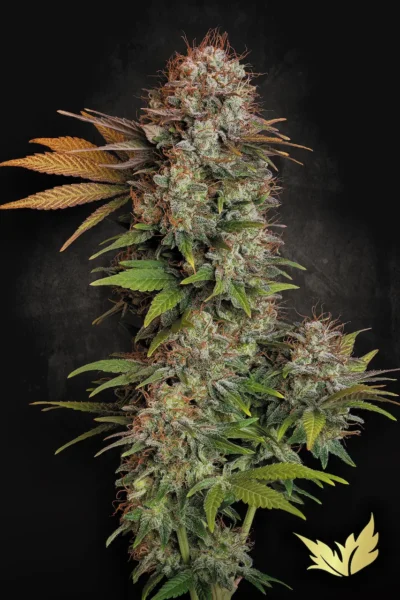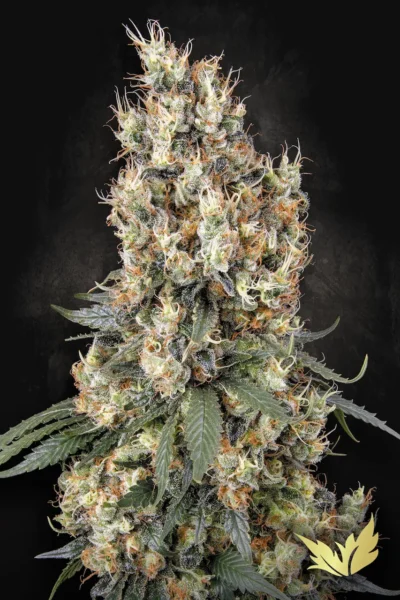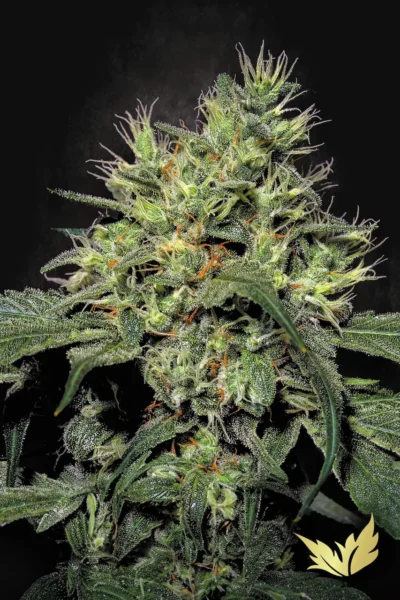Growers and gardeners who use this method believe that it helps to encourage a more robust root system, as the roots are forced to search for water deeper in the soil.
This inevitably prompts an interest from cannabis growers because a strong root system is essential for a healthy cannabis plant. So we ask what is reverse watering for weed plants and is it recommended?
A strong root system is a good thing – it means that your plant will be better able to access water and nutrients, and will be more resilient in the face of stressors like heat and drought. However, there is no hard evidence to support the claim that reverse watering for weed plants leads to a stronger root system.
It can also lead to overwatering issues, if not carefully monitored. When water is applied to the base of the plant, it can essentially block the drainage holes of the pot which is not a good thing… but as some cannabis growers are advocates of this method, let’s review the potential advantages and disadvantages of reverse watering for weed plants.
Advantages of reverse watering cannabis plants
There are a few potential benefits that have been associated with reverse watering cannabis plants.
- Increased Aeration
Reverse watering cannabis plants can actually increase aeration in the root zone when performed correctly. When water is applied from the bottom up, it forces air down into the soil and around the roots of the plant. This can be beneficial as aerated soils are less likely to compact and allow for better drainage.
- Better Drainage
As we just mentioned, reverse watering weed can help to improve drainage, but again – only when done correctly. The last thing you want is to constantly have your pots swimming in a pool of water.
With cannabis crops, it’s important to go through a cycle of wet and dry. This forces the root system to expand downwards and search out the moisture it craves, which results in an expanded root ball and better overall growth. When reverse watering pots, as long as you remove the feed water once the substrate is saturated, you should see pretty good results.
- Reduced chance of pest issues.
One of the major deciding factors in pest control is relative humidity. Most pests love a humid environment, as it’s the perfect place for them to lay their eggs and thrive.
By watering from the bottom up, you can help to reduce the humidity on the substrate surface and around the leaves and stems of your plants, making it a less inviting place for pests. In addition, by keeping the foliage dry, you also reduce the chances of fungal diseases like powdery mildew and botrytis from taking hold.
Disadvantages of reverse watering cannabis plants
As we have discussed already, if you leave your cannabis crop sitting in standing feed water for long periods, you are definitely going to run into issues. These include
- Nutrient burn
- Overwatering problems
- Salts can build up in the substrate – a monthly flush with fresh, pH-regulated water will cut down any chances of this
But as long as you are on top of things, these shouldn’t be major problems.
Reverse watering for weed plants
If you are looking at incorporating reverse watering into your next grow, you should check out the Eazy-Plug Pyramid. It’s a great system for a bunch of reasons, one of them being that it takes away a lot of the variables that can plague a bottom-up watering system.
You treat it like a regular potted weed plant, but feed it with hydro nutrients. We recently experimented with it and had great results.
Conclusion
Reverse (or bottom-up) watering can work with cannabis crops, but is it more effective than top-down watering?
That’s hard to say. While there are some pros and cons, the conclusion is that it doesn’t really offer anything revolutionary that the traditional top down method of watering does.
-
🏆 Sale!
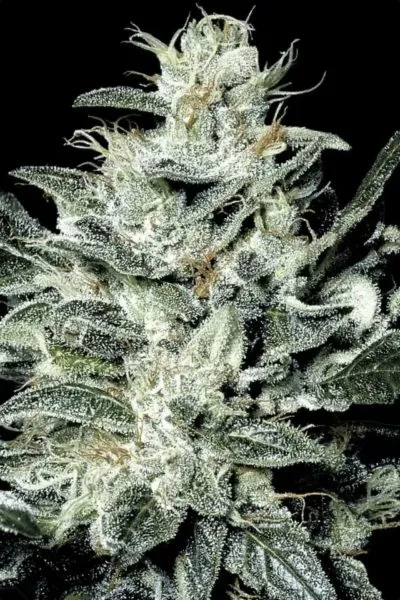
€39.50 – €108.00
€29.63 – €81.00 Select options This product has multiple variants. The options may be chosen on the product page -
€35.50 – €96.50 Select options This product has multiple variants. The options may be chosen on the product page
-
€29.50 – €79.00 Select options This product has multiple variants. The options may be chosen on the product page
-
€22.50 – €59.50 Select options This product has multiple variants. The options may be chosen on the product page


